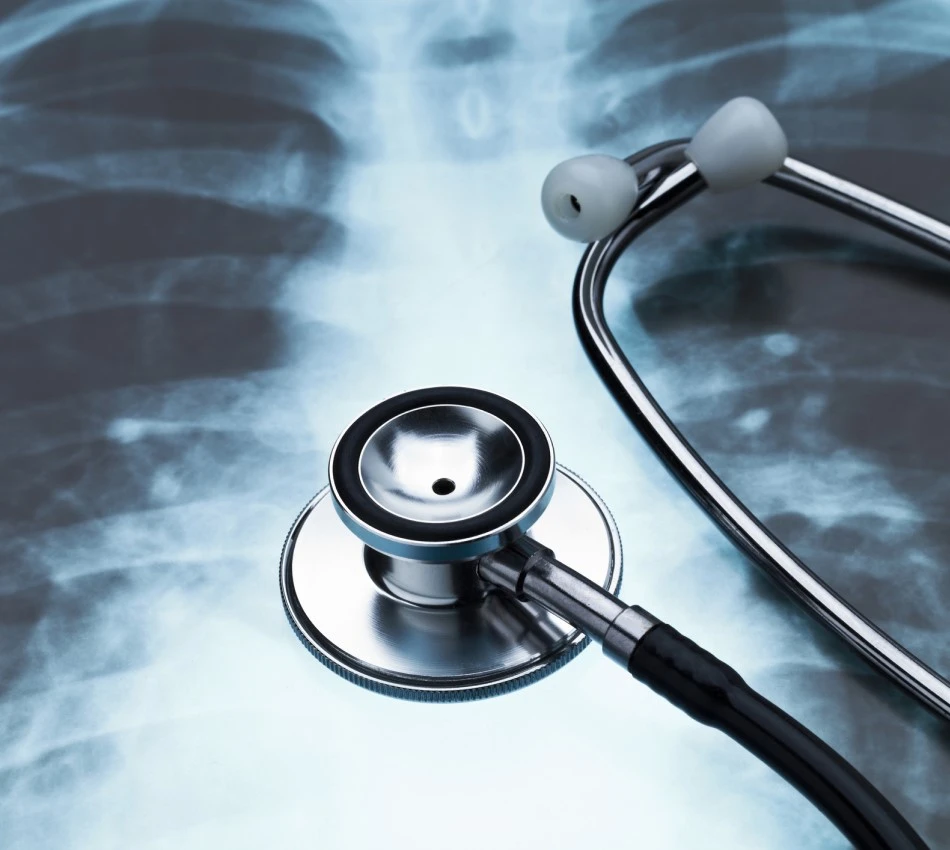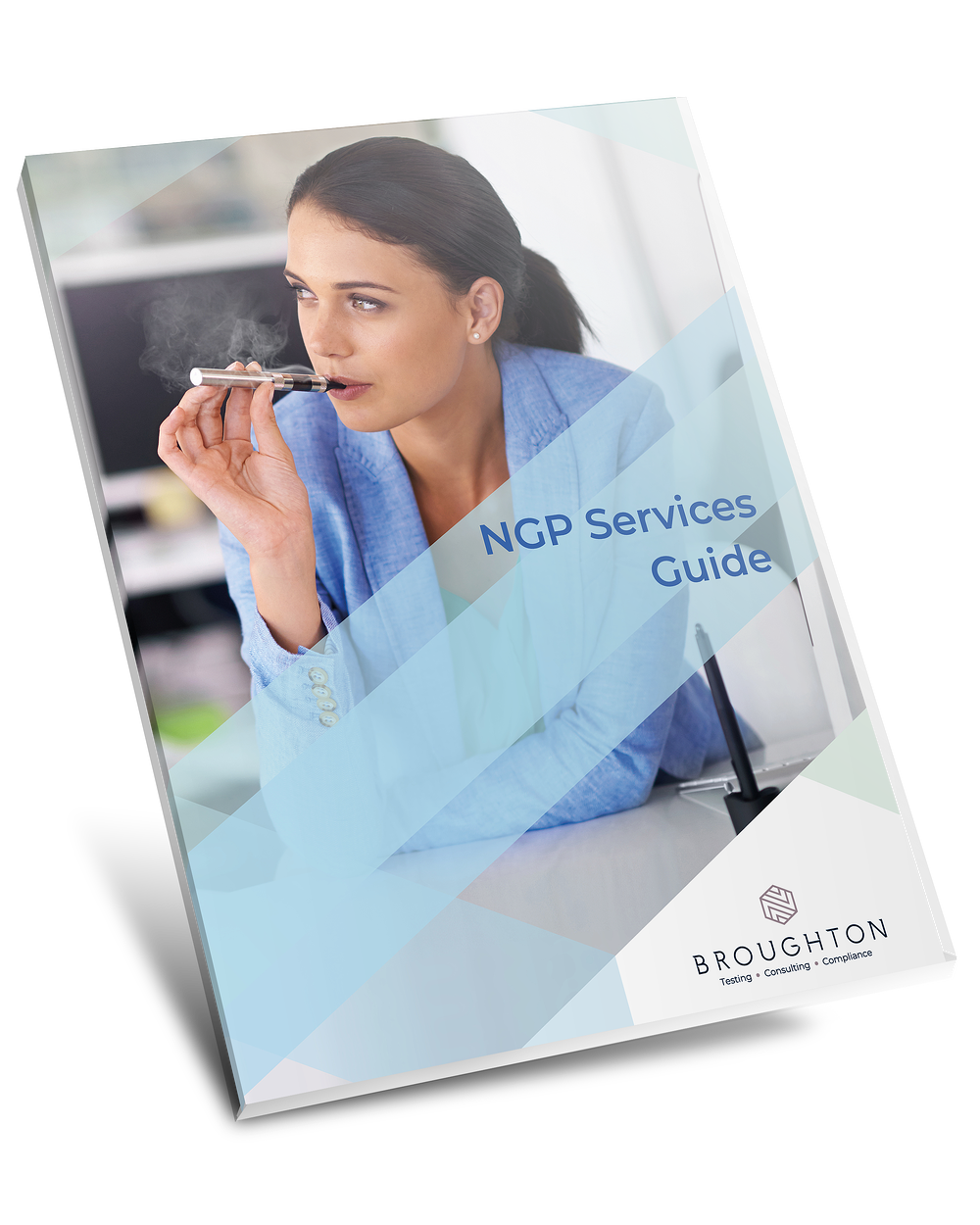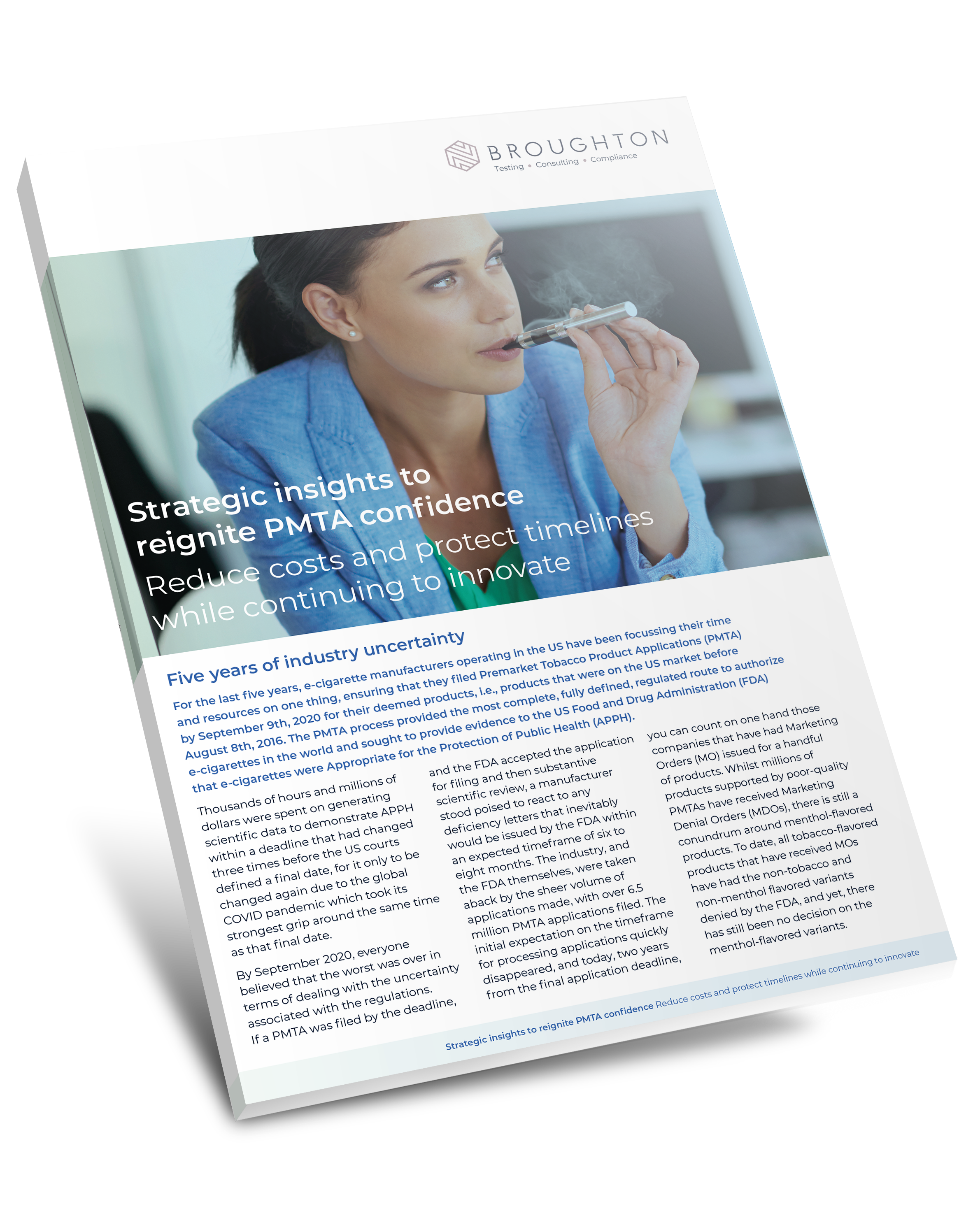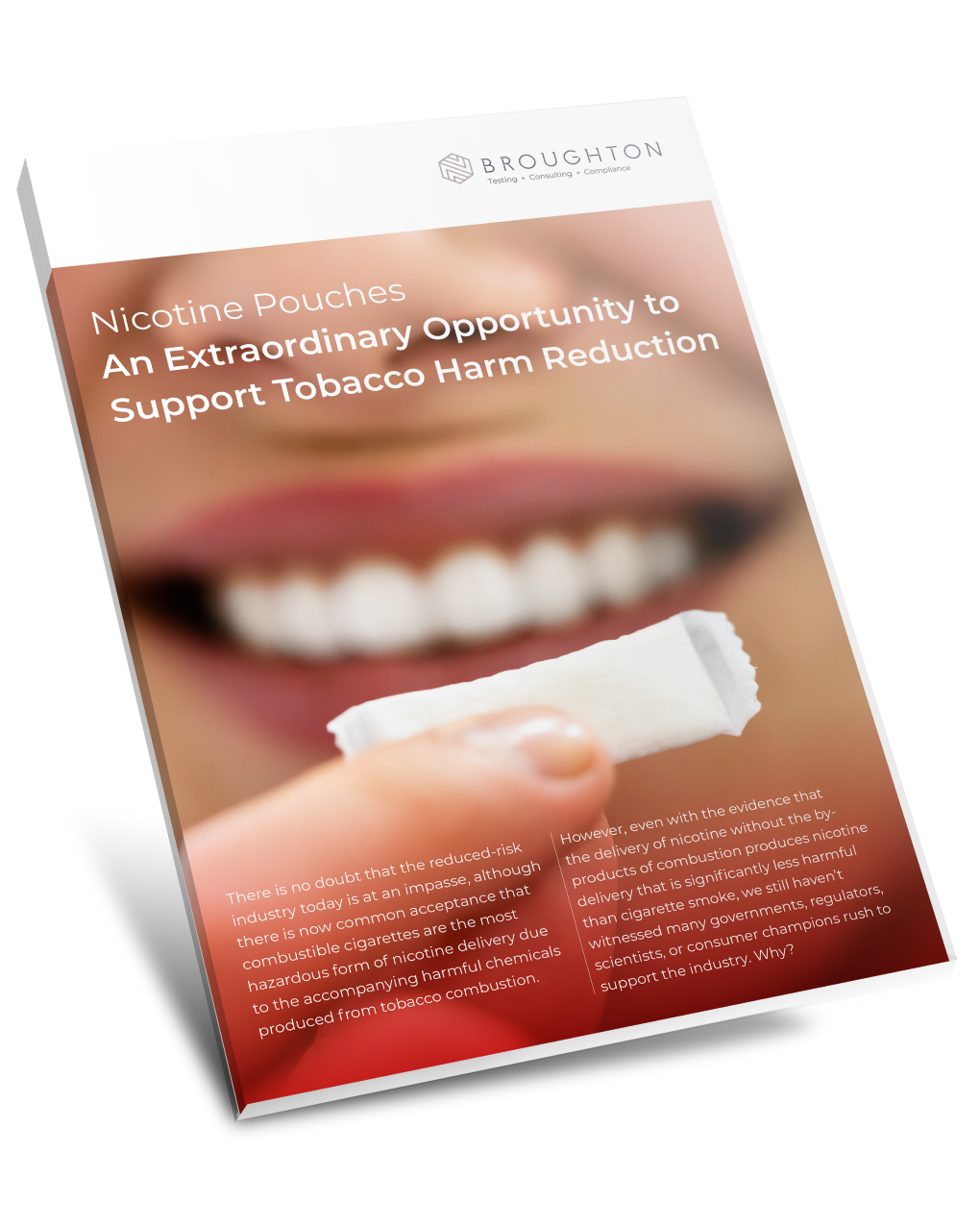Clinical Studies
for Nicotine Products
Generating clinical data to support the potential benefits of novel nicotine delivery products
Whatever type of novel nicotine product you are developing, clinical data illustrating the potential benefit of your innovation when compared to smoking a combustible cigarette will be essential to obtain regulatory approval and market authorization. Working with the right experts to plan, design and execute appropriate clinical studies is essential to the commercial realization of your project.






